Abandoned History: The Early 2000s WiLL Project, for The Youths (Part III)

Several Japanese companies embarked on the WiLL sub-brand exercise at the dawn of the new millennium. Miscellaneous WiLL-branded products were introduced alongside a funky new car offering from Toyota, the WiLL Vi.
The baguette-themed retro sedan was an immediate failure amongst the youthful consumers WiLL was supposed to attract, so Toyota had a very quick rethink. Meet VS.
The Vi’s fate was sealed after just over a year in production. Though Vi was built through December 2001, VS production began in April that year. Toned down and altogether more sporty and serious-looking than Vi, VS was thoroughly modern in its design. No retro cutesy themes or French cues to be found, VS went after a different youthful customer: The kind who said “That’s tight yo!” but in Japanese.
Based on the E120 Corolla platform (like the future Matrix) that was new for 2000, the 2001 VS was curiously introduced at that year’s Los Angeles Motor Show. The right-hand-drive VS was not intended for North American distribution, but Toyota decided Americans should look at it anyway. VVC drew design inspiration for this new VS, apparently, from the 1980s Lockheed F-117 Nighthawk stealth aircraft. Do with that information what you will.
A few months after the LA Auto Show, sales began in Japan. The introduction was accompanied by a vigorous ad campaign that featured the very un-cutesy British electronic band Underworld.
This time, WiLL gave its customers trim, engine, and transmission options and did not foist upon them a singular specification with a small engine and automatic transmission. Three basic trim levels topped out at a premium VS with a sporty body kit, fog lamps, alloys, and a paddle-shift automatic. Engines were all of inline-four specification, with displacements of 1.5 or 1.8 liters. Two different 1.8s were available: a VVT-I that offered 140 horsepower, or the 180-horse VVTL-I from the Celica. A typical four-speed automatic transmission was available, but the sporty WiLL customer chose the six-speed manual. All examples were front-drive.
All those goodies meant the VS cost more than the smaller Vi, both in the showroom and for the purposes of the taxman. However, unlike the unloved Vi, VS garnered much popularity in Japan. Fans liked its concept-like styling and higher level of equipment than offered on Corolla. But as is common, supposed popularity does not always translate into sales. The VS remained in production for exactly three years and wrapped up in April 2004. Toyota noted 14,965 total examples produced – not stunning.
By the time the VS was halfway through its run, however, the folks at WiLL management and VCC decided to have one more go at Vi under a different naming scheme. But the third and final WiLL was most definitely the worst of the three. We’ll talk about that next time.
[Images: Toyota]

Interested in lots of cars and their various historical contexts. Started writing articles for TTAC in late 2016, when my first posts were QOTDs. From there I started a few new series like Rare Rides, Buy/Drive/Burn, Abandoned History, and most recently Rare Rides Icons. Operating from a home base in Cincinnati, Ohio, a relative auto journalist dead zone. Many of my articles are prompted by something I'll see on social media that sparks my interest and causes me to research. Finding articles and information from the early days of the internet and beyond that covers the little details lost to time: trim packages, color and wheel choices, interior fabrics. Beyond those, I'm fascinated by automotive industry experiments, both failures and successes. Lately I've taken an interest in AI, and generating "what if" type images for car models long dead. Reincarnating a modern Toyota Paseo, Lincoln Mark IX, or Isuzu Trooper through a text prompt is fun. Fun to post them on Twitter too, and watch people overreact. To that end, the social media I use most is Twitter, @CoreyLewis86. I also contribute pieces for Forbes Wheels and Forbes Home.
More by Corey Lewis
Latest Car Reviews
Read moreLatest Product Reviews
Read moreRecent Comments
- V8fairy Not scared, but I would be reluctant to put my trust in it. The technology is just not quite there yet
- V8fairy Headlights that switch on/off with the ignition - similar to the requirement that Sweden has- lights must run any time the car is on.Definitely knobs and buttons, touchscreens should only be for navigation and phone mirroring and configuration of non essential items like stereo balance/ fade etc>Bagpipes for following too close.A following distance warning system - I'd be happy to see made mandatory. And bagpipes would be a good choice for this, so hard to put up with!ABS probably should be a mandatory requirementI personally would like to have blind spot monitoring, although should absolutely NOT be mandatory. Is there a blind spot monitoring kit that could be rerofitted to a 1980 Cadillac?
- IBx1 A manual transmission
- Bd2 All these inane posts (often referencing Hyundai, Kia) the past week are by "Anal" who has been using my handle, so just ignore them...
- 3-On-The-Tree I was disappointed that when I bought my 2002 Suzuki GSX1300R that the Europeans put a mandatory speed limiter on it from 197mph down to 186mph for the 2002 year U.S models.



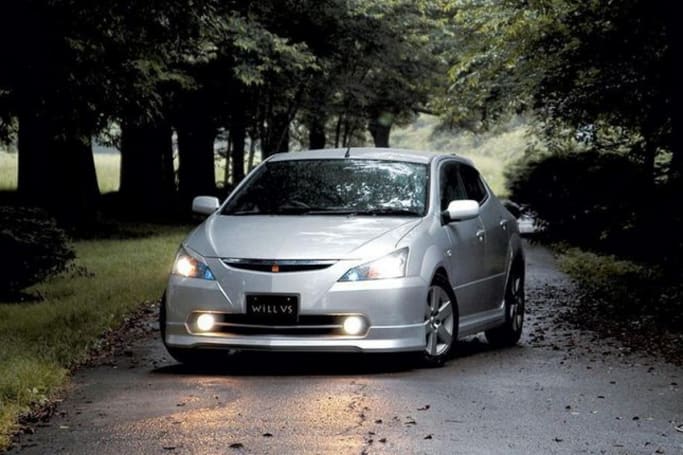



















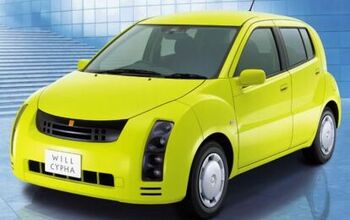
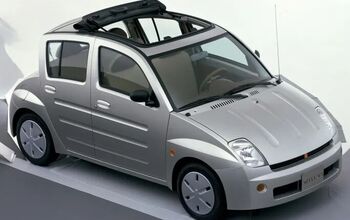

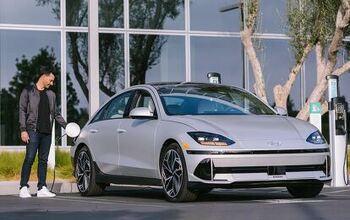




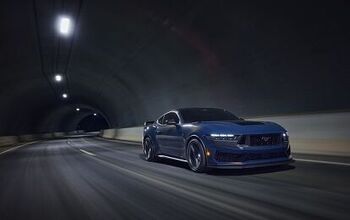

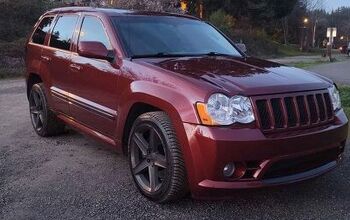



Comments
Join the conversation
Elon is PO'ed at Jeff B's rent-seeking lawfare in the billionaires space race. So he decided to get even by doing his own rent-seeking in the EV development race. That'll fix him. Actually, it will only 'fix' the rest of us.
The only car in this series that I actually like.